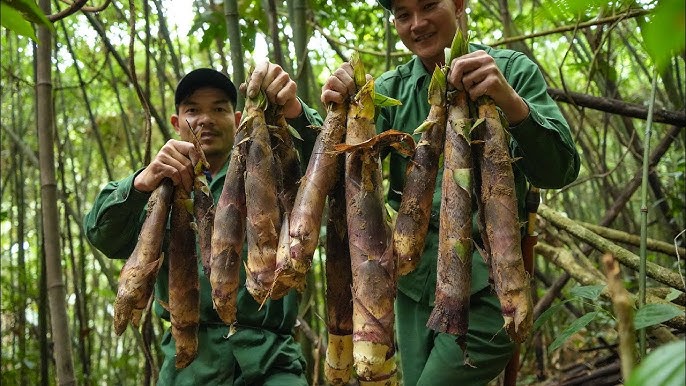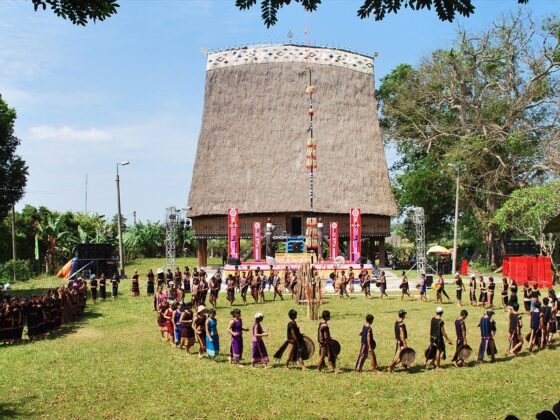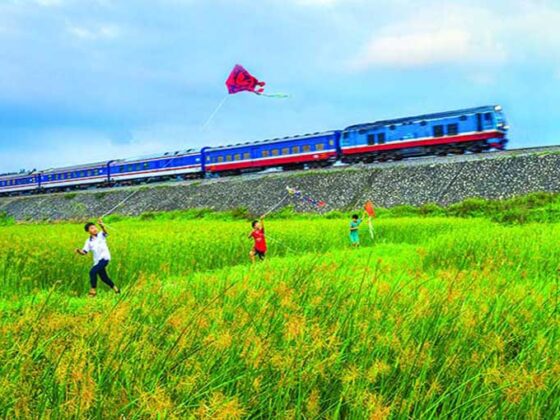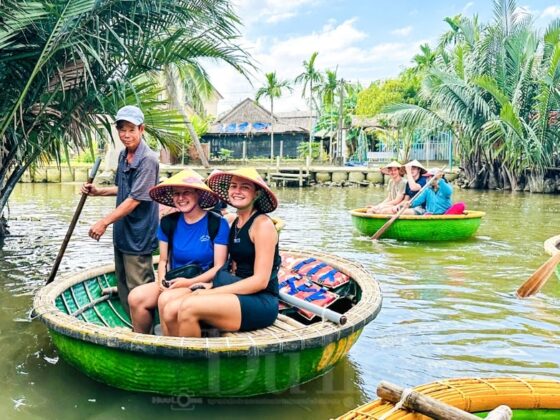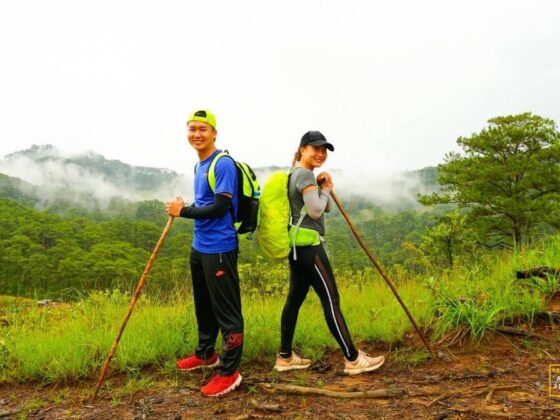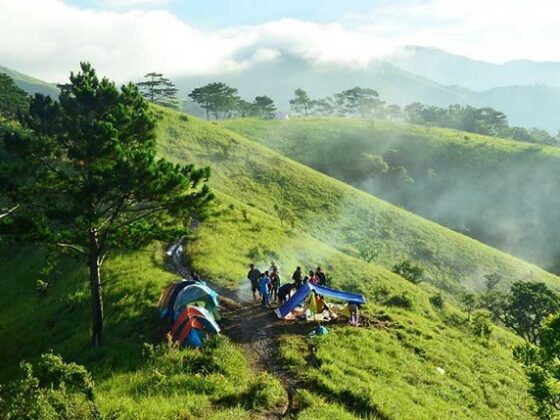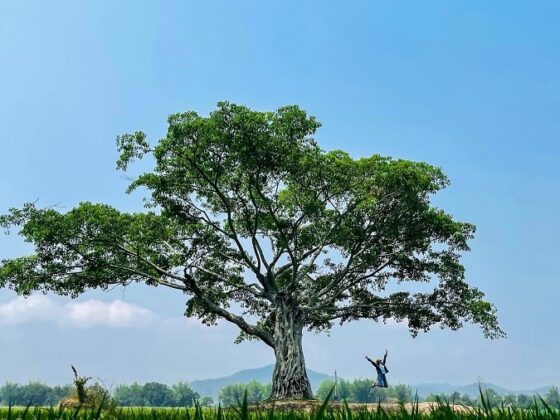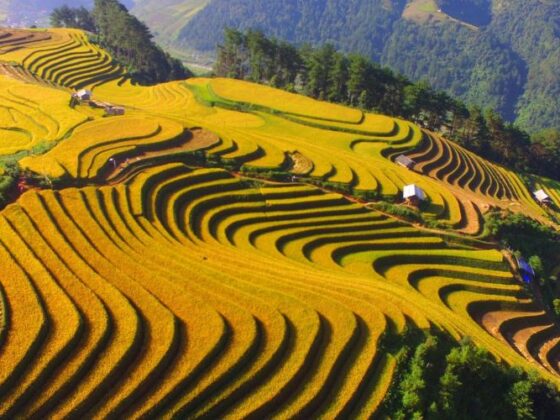Table of Contents Show
✍️ AI is summarizing:
Vietnam is a land of rich culinary traditions, where the flavours of the earth come alive in every dish. As you embark on trekking adventures through the country’s stunning landscapes, you’ll discover a delightful intersection of nature and cuisine that showcases the vibrant Vietnam outdoor food culture.
From foraging for forest ingredients to enjoying traditional meals prepared by local villagers, the journey from trail to table is an experience that tantalizes the senses and nourishes the soul.
Read more interesting posts:
- A Parent’s Guide: 5 Fun Things to Do in Da Nang with Kids
- Off the Beaten Path: Your Essential Kon Tum Travel Guide
- Ha Giang Loop: Your Ultimate Guide to Vietnam’s Epic Motorbike Adventure
Foraging for flavor: a core part of Vietnam outdoor food culture
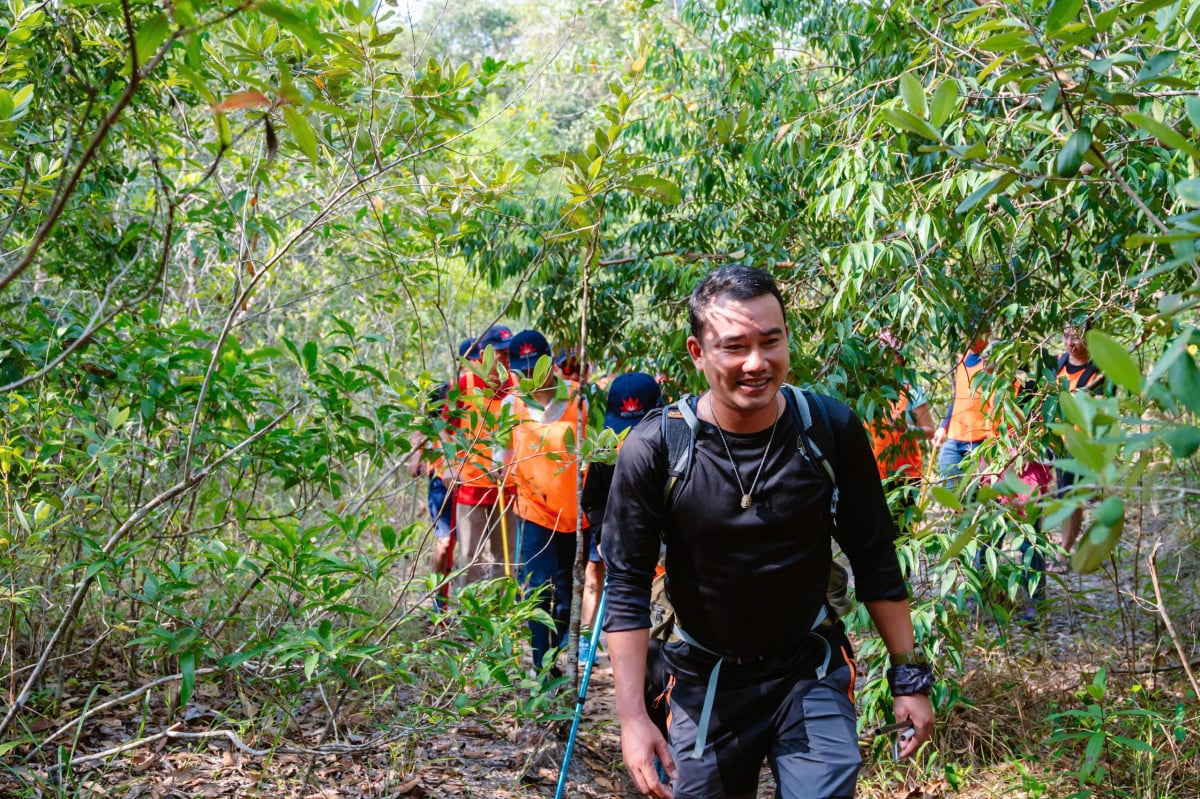
One of the most exciting aspects of trekking in Vietnam is the opportunity to forage for wild ingredients. Many trails wind through lush forests and mountainous regions, where you can find an abundance of edible plants, herbs, and mushrooms. This is a central element of Vietnam outdoor food culture, and local guides often share their knowledge of these natural treasures, teaching you how to identify and harvest them responsibly.
For example, in the highlands of Sapa, you might come across wild ginger, known for its aromatic flavour that elevates dishes. Another common find is bamboo shoots, which are tender and flavourful, perfect for adding to soups and stir-fries.
Enjoying traditional meals on the go
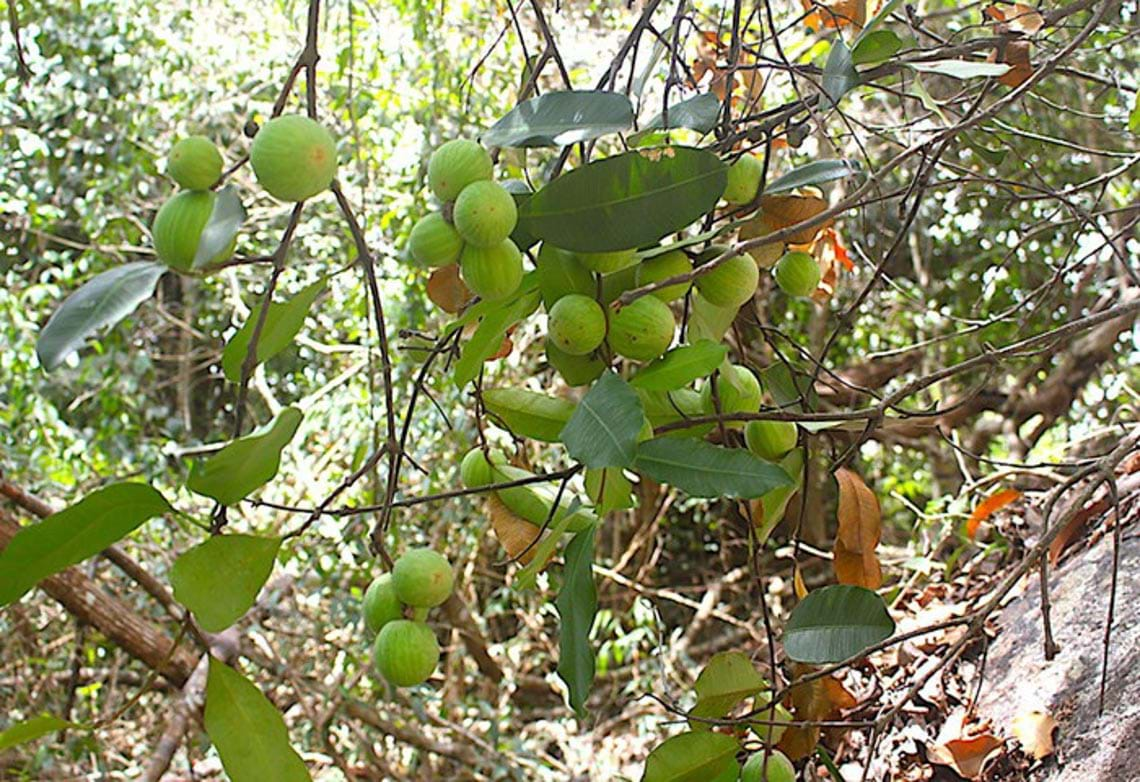
While trekking, savouring traditional meals prepared by local communities is a highlight of experiencing Vietnam outdoor food culture. Many villages along the trails offer delicious home-cooked meals made from fresh, local ingredients. Imagine sitting down to a steaming bowl of pho, the beloved Vietnamese noodle soup, made with aromatic broth and topped with fresh herbs—perfect after a day of hiking.
Another popular dish you might encounter is com lam, a traditional meal of sticky rice cooked in bamboo tubes over an open fire. The rice absorbs the smoky flavour of the bamboo, creating a unique and delicious dish that is perfectly suited for the outdoors.
Experiencing mountain-side BBQs in Vietnam outdoor food culture
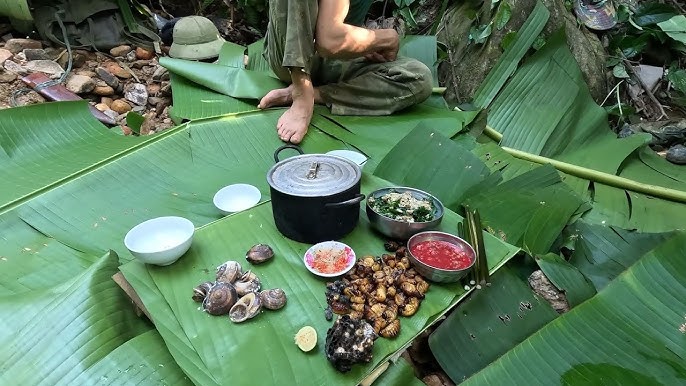
No trekking experience in Vietnam would be complete without indulging in a mountain-side BBQ. This is a cherished part of Vietnam outdoor food culture, where after a day of hiking, you gather around a fire with fellow trekkers and local villagers, sharing stories and laughter as the sun sets. The aroma of marinated meat and fresh vegetables sizzling on the grill fills the air, creating an atmosphere of camaraderie and joy.
Villagers often prepare thit nuong (grilled meat) seasoned with local spices and herbs, served with fresh vegetables and fragrant rice. As you enjoy your meal, you’ll also have the opportunity to learn about the culinary traditions of the region.
Learning recipes from Vietnam’s outdoor food culture
Many local families are eager to share their cooking secrets with visitors. One traditional recipe you might learn is for bun cha, a Hanoi specialty featuring grilled pork and rice noodles. Here’s a simple version:
Bun Cha Recipe
Ingredients:
- 500g ground pork
- 2 tablespoons fish sauce
- 1 tablespoon sugar
- 1 teaspoon black pepper
- Rice noodles
- Fresh herbs (mint, cilantro)
- Pickled vegetables
Instructions:
- In a bowl, mix the ground pork with fish sauce, sugar, and black pepper. Form into small patties.
- Grill the patties over an open flame until cooked through.
- Serve the grilled pork with rice noodles, fresh herbs, and pickled vegetables.
This dish captures the essence of Vietnamese cuisine—freshness, balance, and a celebration of flavours.
Hearing the stories of Vietnam outdoor food culture
Every meal shared with local families comes with stories that enrich your experience. Villagers often share tales of their culinary heritage, explaining the significance of certain dishes during festivals or family gatherings. These stories create a sense of connection that goes beyond food, highlighting the importance of community and tradition within Vietnam outdoor food culture.
Conclusion
In conclusion, the Vietnam outdoor food culture offers a delicious journey from trail to table. It’s a delightful exploration of flavours, traditions, and connections that turns a simple trek into a multi-sensory adventure.
From foraging for wild ingredients to enjoying communal meals and mountain-side BBQs, every step introduces you to the rich culinary tapestry of this vibrant country. So, lace up your hiking boots and let the flavours of Vietnam guide you on a delicious journey through its stunning landscapes.
Ready to taste the adventure for yourself? Join our community of explorers in the ExoTrails Facebook Group and follow the ExoTrails Fanpage for daily inspiration and travel tips!
FAQs
What is the food culture like in rural Vietnam?
The food culture is deeply connected to nature and community, focusing on fresh, locally sourced ingredients, shared meals, and traditional recipes passed down through generations.
What do people eat when trekking in the mountains of Vietnam?
Common meals include sticky rice cooked in bamboo (com lam), grilled meats (thit nuong), and simple noodle or rice dishes made with foraged vegetables and local ingredients.
Can you forage for food in Vietnam?
Yes, but it should only be done with an experienced local guide who can safely identify edible wild plants, herbs, and mushrooms.
What are some traditional Vietnamese outdoor meals?
Traditional outdoor meals include com lam (bamboo sticky rice) and mountain-side BBQs featuring grilled pork or chicken, which are easy to prepare over an open fire.
How do you make Com Lam (bamboo sticky rice)?
To make com lam, sticky rice is soaked, seasoned, and then stuffed into hollow bamboo tubes. The tubes are sealed with leaves and cooked slowly over hot coals, infusing the rice with a unique, smoky flavour.

